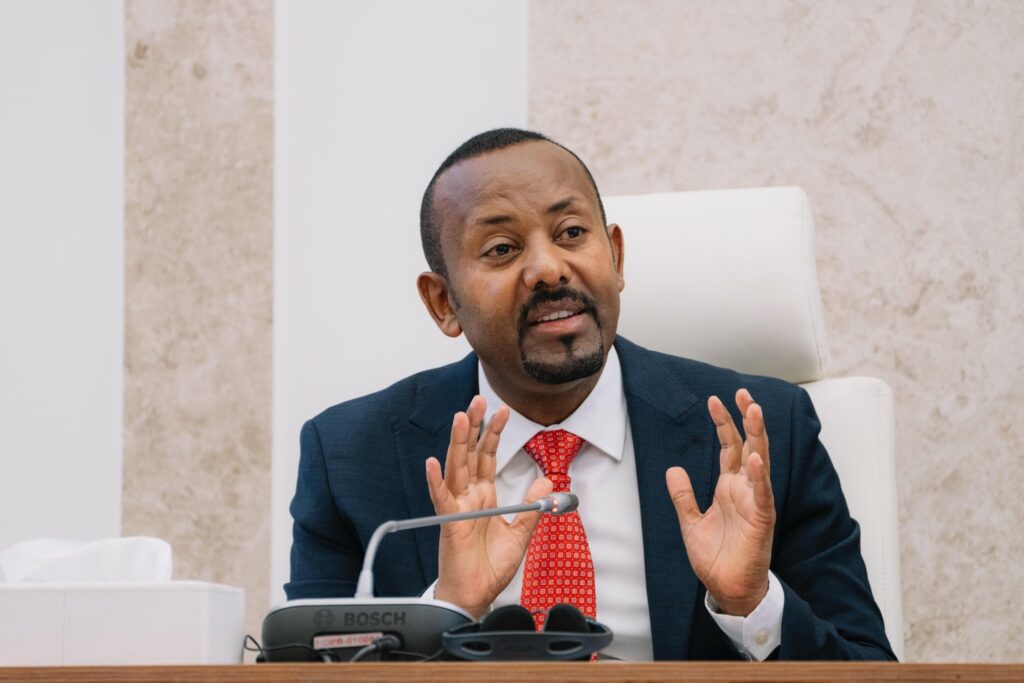Ethiopia’s Economic Surge: Double-Digit Growth on the Horizon
Addis Ababa, October 28, 2025 – Prime Minister Abiy Ahmed announced that Ethiopia is on track to achieve a remarkable double-digit growth rate in the current fiscal year, bolstered by a successful execution of critical policy initiatives in the preceding year.
A Stellar Growth Forecast
Addressing the House of People’s Representatives, the Prime Minister underscored his confidence in Ethiopia’s economic trajectory, positioning it among the world’s fastest-growing economies. This optimism stems from the implementation of the Homegrown Economic Reform Agenda, which aims to diversify the economy beyond its traditional agriculture-centric model.
Diversification is Key
Recognizing that reliance on a single sector would impede poverty reduction efforts, the Homegrown Reform strategy emphasizes a multi-sector approach. It integrates agriculture, industry, mining, tourism, and technology, fostering partnerships between the government, private sector, and civil society. This comprehensive strategy aims to create a more balanced and resilient economy.
Sectoral Performance
Despite the shift towards diversification, agriculture demonstrated strong growth, with a robust 7.3 percent increase contributing 2.3 percent to the overall GDP. Notably, the industrial sector grew by 13 percent, accounting for 3.7 percent of GDP growth, reflecting a transition from construction to manufacturing and mining.
Mining Sector Growth
The mining industry has seen particularly significant advancements, with its contribution to GDP growth soaring from 0.1 percent to 1 percent. This uptick signifies the sector’s rising importance in Ethiopia’s economic landscape.
Services Sector Stability
The services sector also reported solid growth of 7.5 percent, adding 3.1 percent to the GDP. This stability is crucial for maintaining overall economic momentum amidst the ongoing reforms.
Financial Improvements
The Prime Minister noted substantial progress in fiscal strength and foreign exchange generation. Government revenue has skyrocketed from 170 billion Birr at the onset of the reforms to an impressive 1 trillion Birr in the current fiscal year. Additionally, the country’s Foreign Currency (FX) reserves have improved tenfold since the reforms began.
International Trade Milestones
Ethiopia’s international trade is also experiencing a significant transformation. The volume of exports achieved during the previous fiscal year was matched in just four months of the current fiscal year. Furthermore, the nation earned a record 8.1 billion USD from exports last fiscal year, a historic achievement.
Remittances and Foreign Investments
This increase in foreign exchange was bolstered by remittances that totaled 7.4 billion USD, along with Foreign Direct Investment (FDI) from large-scale investors that exceeded 4 billion USD. These inflows play a crucial role in supporting the country’s economic development goals.
National Debt Overview
Addressing concerns about national debt, Prime Minister Abiy indicated that Ethiopia’s total debt is managed at 23 billion USD, primarily comprising commercial loans. He emphasized that the government has not taken on any new commercial loans over the past seven years and is actively engaged in loan negotiations to ensure fiscal stability.
Conclusion
Ethiopia’s strategic reforms are not only paving the way for impressive economic growth but are also establishing a more sustainable and diversified economic future. As the government continues to implement its Homegrown Economic Reform Agenda, the country is poised to enhance its global economic standing even further.
For more information on Ethiopia’s economic policies, you may refer to the World Bank, and to stay updated on Ethiopia’s growth trajectory, visit the International Monetary Fund.
